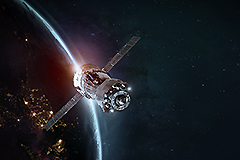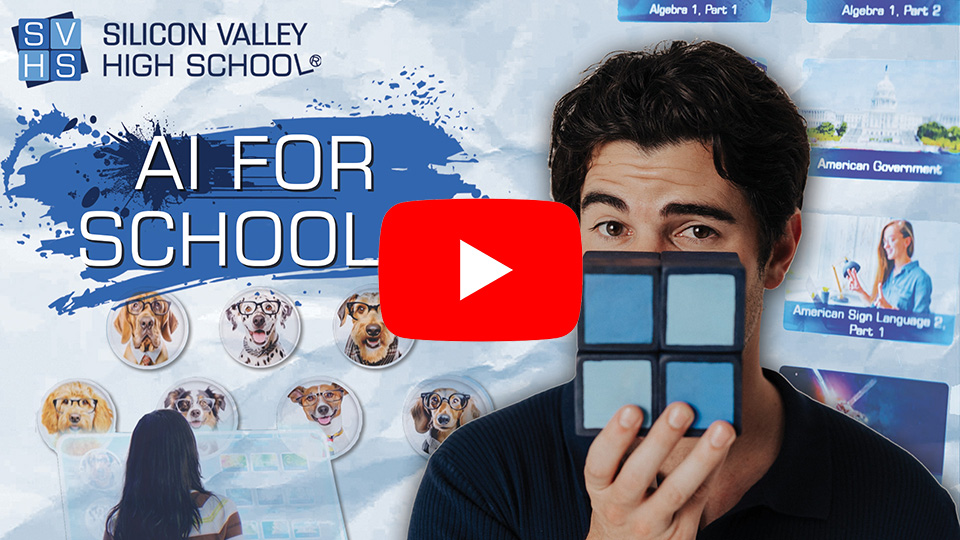
ASTRONOMY, PART 2
Price: $125 | Credits: One Semester | Dept: Science | Course ID# 270-2
This course is the second part of a two-semester course. This course provides a broad and comprehensive overview of the field of astronomy. Part 2 of Astronomy introduces astrobiology, exoplanets, and the search for life in the solar system, while also delving deep into stars, galaxies, and exotic objects like nebulae, supernovae, and black holes. We also discuss the properties of space-time and the interstellar medium, and introduces the theories of dark matter and dark energy in the context of the evolution of the universe. Astronomy is approved by the University of California A-G as a Science – Earth and Space (category D) and is considered a lab science by both California A-G and the NCAA.
Upon completion of this course, the student is awarded 5 credits. Each credit corresponds to 15 hours of study. Of course, some students work more quickly than others, and some can devote more hours to study, so some students are able to complete the course in an accelerated rate.
LEARNING OBJECTIVES
In this module, students gain a comprehension of the following:
- Stellar evolution – how stars form, about the different layers that stars like the sun have, what stars’ eventual fates are, and how to classify stars using the seven major spectral classes.
- Hertzsprung-Russell Diagrams, a major tool used in stellar classification.
- What galaxies are and the basics of galactic evolution.
- Edwin Hubble’s basic galaxy classification system to classify galaxies.
- The Milky Way, our Local Group of galaxies and galactic clusters and superclusters, including the Laniakea supercluster to which we belong.
- To appreciate the immensity of the universe and the exceptional abilities of space-based telescopes, Hubble Deep Field, and the Hubble Ultra Deep Field.
- The efforts made by scientists to find life in our solar system and planets around other stars.
- The field of astrobiology and the concept of exoplanets.
- Relevant case studies to astrobiology in our solar system are highlighted: Jupiter’s moon Europa and Saturn’s moon Enceladus.
- Direct and indirect methods scientists use to detect exoplanets, including astrometric methods, radial velocity methods, and transit methods.
- Space-time and its properties as described by Einstein, as well as the interstellar medium and what it contains.
- Theories of dark energy and dark matter, as well as the evidence that supports both ideas.
- A basic introduction to elementary particles and the Higgs field, as well as the cosmic microwave background radiation that permeates the universe.
- Some of the more exotic and difficult-to-comprehend objects in space, including supernovae, white dwarfs and planetary nebulae, brown dwarfs, neutron stars, pulsars, quasars, and black holes. What they are, how they form, and their significance.
- The “life” of the universe – the Big Bang Theory and major pieces of evidence for it, with a particular focus on common misconceptions and misinterpretations that exist.
- The expansion of the universe and the acceleration of its expansion, followed by a consideration of the possible “fates” of the universe with a focus on the most likely – heat death.
- The idea of a multiverse and examine why some scientists think this is a possible reality.
TOPICS COVERED
This course covers the following topics:
- The Stars
- Galaxy Types and Classification
- The Search for Life: Exoplanets and Astrobiology
- Space and its Properties
- Exotic Objects and Phenomena
- The Universe
























